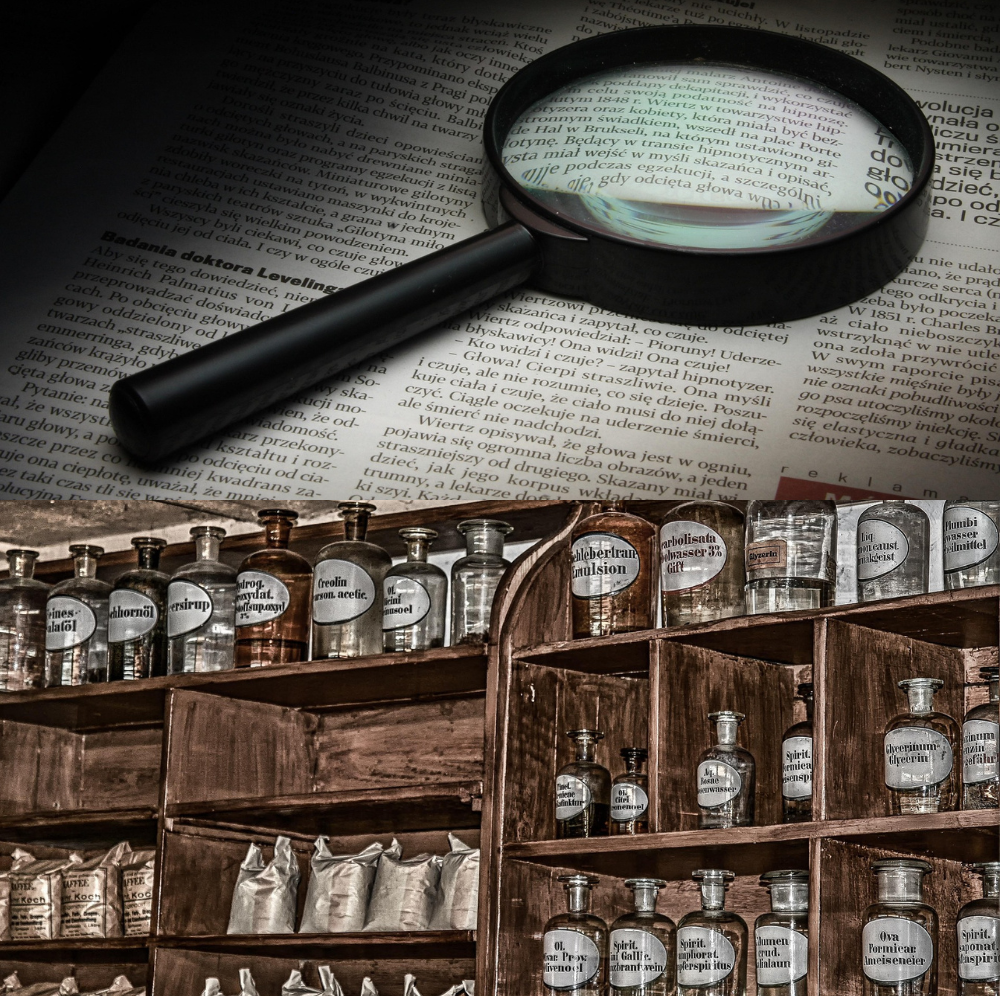
The History of Glass
Share
The Fascinating History of Glass
Glass is one of those materials that we encounter every day without giving much thought to its history or the ingenuity behind its creation. Whether it is a window in our house, a drinking glass, or a sleek smartphone screen, glass surrounds us in modern life. But its journey from a mysterious substance in ancient times to the high-tech material we use today is nothing short of fascinating. In this blog, we will explore the long and intriguing history of glass, tracing its origins, its evolution, and its impact on civilization.
The Beginnings of Glass: A Mystical Discovery
The exact origin of glass is shrouded in mystery, but the earliest evidence of glass-like substances dates back to around 3500 BCE in Mesopotamia and Egypt. Historians believe that glass was first discovered by accident, most likely when early humans were working with metals or heating sand, which, when combined with high heat, forms a glassy substance.
Ancient Egypt: The First Glassmakers
One of the earliest and most notable cultures to produce glass was ancient Egypt. The Egyptians were known to make small glass beads and vessels by melting sand, copper, and other materials together. They created vibrant blue and green glass objects that were prized for their beauty. These early glassmakers did not fully understand the chemical processes involved, but they had perfected a method of creating coloured glass that was highly valued as a luxury material.

Some of the earliest glass objects found in Egypt are glass beads and amulets, dating back to around 1500 BCE. These items were often used in jewellery and decorative pieces and were considered sacred. Glass was not yet used for functional purposes, like windows or containers, at this point, but its symbolic value in ancient culture was immense.
The Rise of Glassmaking: Ancient Rome and the Birth of Glassblowing
Glassmaking as we know it truly began to take shape in the Roman Empire. The Romans developed new techniques that would revolutionize the production of glass, including the invention of glassblowing around 50 BCE. This technique allowed artisans to shape glass into a variety of forms, such as bottles, cups, and larger containers, by inflating molten glass into a bubble.

The development of glassblowing in Rome transformed glass from a rare and precious material into something more accessible. Glass was used not just for decorative purposes, but also for everyday items such as windows, drinking vessels, and even early forms of mirrors. The Romans were the first civilization to produce transparent glass on a large scale, and they made significant advancements in the mass production of glass.
The Medieval Period: Glass as a Symbol of Wealth and Power
After the fall of the Roman Empire, glassmaking knowledge was largely lost in Europe, but it was preserved in the Byzantine Empire. During the Medieval period, glassmaking was still a highly specialized craft, and it remained a symbol of wealth and prestige. In Venice, the island of Murano became the centre of glass production during the 13th century. Venetian glassmakers developed sophisticated techniques such as making fine glass chandeliers, mirrors, and colourful glassware.

Glass also began to be used in the creation of stained-glass windows, which became a hallmark of Gothic cathedrals. These windows were not only beautiful but also served a religious purpose, telling biblical stories to those who could not read. The intricate patterns and brilliant colours of stained glass became a symbol of the divine and the transcendent.
The Renaissance and the Scientific Revolution: Glass as a Tool of Discovery
The Renaissance brought about a renewed interest in science, art, and the material world, and glass was no exception. During this period, glass started to play a vital role in the development of science. In the 16th and 17th centuries, advancements in glassmaking were closely tied to the study of optics, and glass lenses became crucial in the creation of telescopes and microscopes.

The famous astronomer Galileo Galilei, for example, used glass lenses in his telescopes to observe the stars and planets, while Antonie van Leeuwenhoek used microscopes made from glass lenses to observe microorganisms, changing the course of biology forever.
This period also saw the creation of lead glass, also known as "crystal," which was prized for its clarity and brilliance, making it a favourite for fine glassware and chandeliers.
The Industrial Revolution: Mass Production and the Birth of Modern Glass
By the 19th century, the Industrial Revolution ushered in an era of mass production that would transform glass from a luxury item into an everyday material. Innovations like the glass bottle, the glass jar, and glass windows for buildings became widely available. The production of glass became more efficient with the advent of the furnace, which could produce molten glass in much larger quantities.
One of the most notable advancements during this time was the invention of the automatic glass-blowing machine in the 19th century. This machine made it possible to mass-produce glass bottles and jars, which were crucial for the growing food and beverage industries.
In addition, the development of tempered glass in the early 20th century marked a major leap forward, especially in terms of safety. Tempered glass, which is stronger and more durable than regular glass, would later be used in car windows and skyscrapers.
Modern Glass: From Smartphones to Solar Panels
In the 20th and 21st centuries, glass continued to evolve and adapt to new needs and technologies. The most revolutionary development in modern glassmaking has been the creation of smart glass. This type of glass can change its properties based on external stimuli—becoming opaque in response to heat, light, or electrical currents. It is used in everything from energy-efficient windows to dynamic display screens, and even in the automotive industry for adjustable sunroofs.
Glass also plays a crucial role in modern technology. The thin, durable, and transparent nature of glass makes it an essential component in the screens of smartphones, tablets, and televisions. The evolution of Gorilla Glass, a chemically strengthened glass, has helped make these devices more resilient to scratches and drops.

Moreover, glass is essential in renewable energy technologies, particularly in solar panels. Photovoltaic cells, which convert sunlight into electricity, rely on glass to protect delicate components while still allowing sunlight to pass through. Advances in glass manufacturing are helping to make solar energy more efficient and cost-effective.
The Timelessness of Glass
From its accidental discovery in ancient times to its role as a symbol of luxury in the Renaissance, and its key role in modern technology, glass has played a significant part in human history. What started as a mysterious, decorative material has become a tool for scientific discovery, industrial progress, and technological innovation.
As we look toward the future, it is clear that glass will continue to be a versatile and indispensable material—whether in the form of sleek smartphones, sustainable architecture, or innovative scientific equipment. Its history is a testament to human ingenuity and our constant drive to transform the ordinary into something extraordinary.
